Despite most of us being active presenters, event organisers, even board members of user groups, I suspect most of us have not created a new group from the ground up. Frankly, it’s amazing how much is involved in doing so! It’s OK, I’m not going to share all the tedium and tiny details here, but I thought I’d highlight one or two of the things that I either never thought of before or that took way more effort than you would expect. Just like organising decent coffee at a conference, it turns out to be somewhat more challenging than you would think…
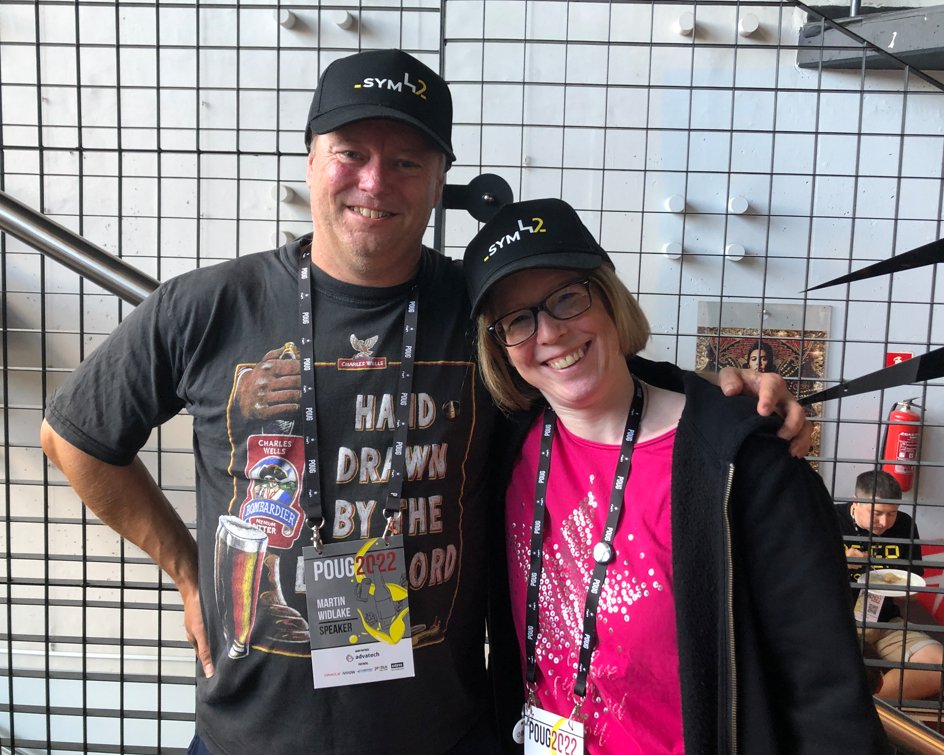
A few of us (virtual nods towards Luiza Nowak & Kamil Stawiarski) have started a regional user group from scratch, just as Neil Chandler, Myself, and Doug Burns (who remembers Doug?) started a local user group in London. It generally begins with a bunch of like-minded people working in the same technical area getting together to complain about how things don’t work, usually in a bar. You get other friends and work colleagues to come along, then decide to get more formal and have people talk about topics. Before you know it you are organising a conference and you’re stuck with it. These sorts of user groups start small & easy and grow larger and complex.
Guess what, with a geographically spread user community it does not really work like that, as you are not organising events, you are organising people. People (1) don’t really like being organized and (2) everyone has opinions on what the organization should do, and the intersect of the opinions of any given pair of people involved can be quite small. This is part of why SYM42 is not a democracy but more a benevolent dictatorship.
Mind you , the concept of the group did come from a bunch of people drinking and talking rubbish, but rather than being in a pub or a bar it was via Zoom as we all tried to relieve the tedium of being inside with the same few (or no) people for company for weeks/months on end. And we had the fantastic advantage of a lot of people willing to be involved from day 1.I’d say our biggest mistake to date (and there will be loads more, don’t worry) was not keeping communication with the whole group going well enough, so we are fixing that. Note, we are not claiming it will be “great”, “cool” 😄.
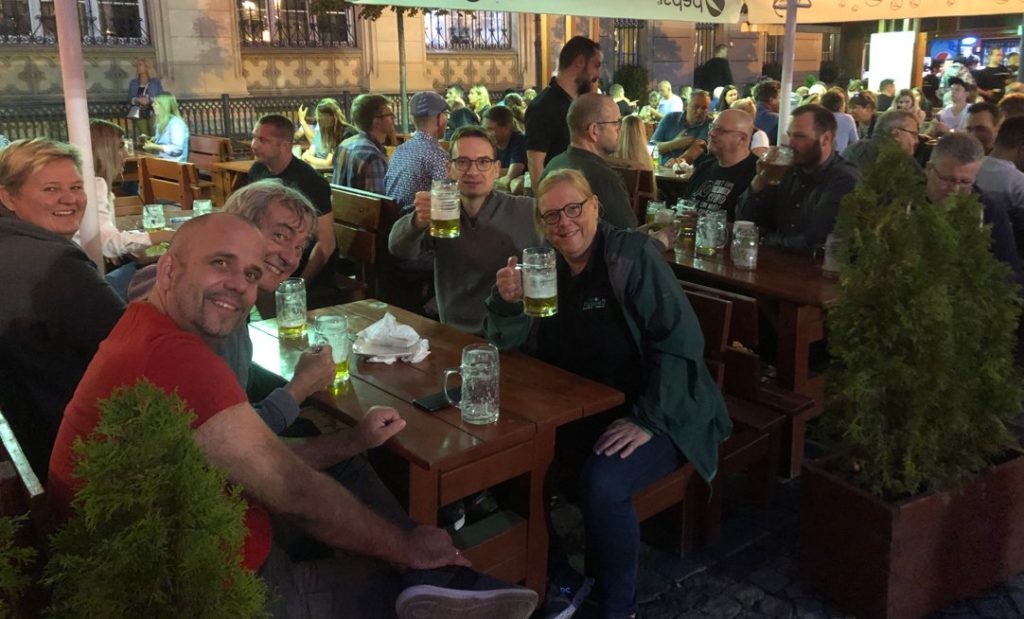
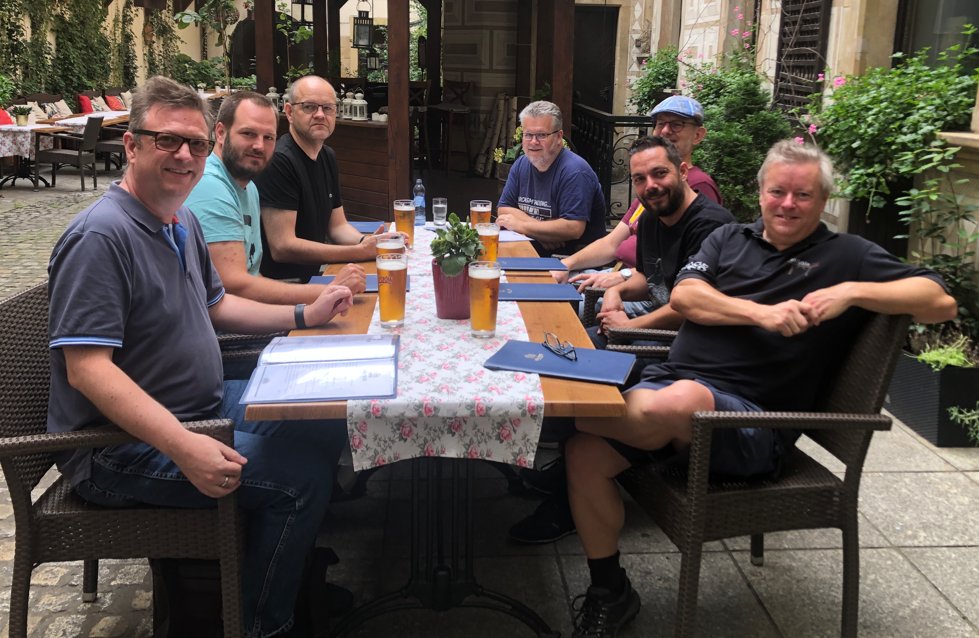
When this Zoom/Twitter group came up with the idea of SYM42 (when it was not even called SYM42, or anything) there were lots of discussions on what we would stand for, what the purpose of the group would be, how wide would be our technical scope, how we would be organized. In retrospect I wish there had been a lot more discussion about what colour the logo would be and if we email members or not, as those “big scope” issues of purpose etc. just fell into place. But Good Grief, finally deciding on our name from all the suggestions was harder than trying to get a DBA to alter an initialization parameter. Of course we eventually went for Symposium 42. If you do not know why we chose this name, look at our “about us” page, at the bottom.
As for deciding on the logo?! I could not understand why we needed to decide on a logo before we had a web site. It was because, apparently, we needed to have a colour scheme and general style for the web site (else it quickly looks awful) and as our logo would be a key thing on it and what we would use so people had something that they could recognise as “Symposium 42”, we needed the logo. OK,OK, you win, we need a logo. How hard can it be to…

It’s really hard to decide on a logo! Or, rather, a set of logos. I had never thought about it before but it helps to have larger and smaller related logos, for use in different places. “Symposium 42” is a bit big to use as your twitter icon, SYM42 is a bit easier.
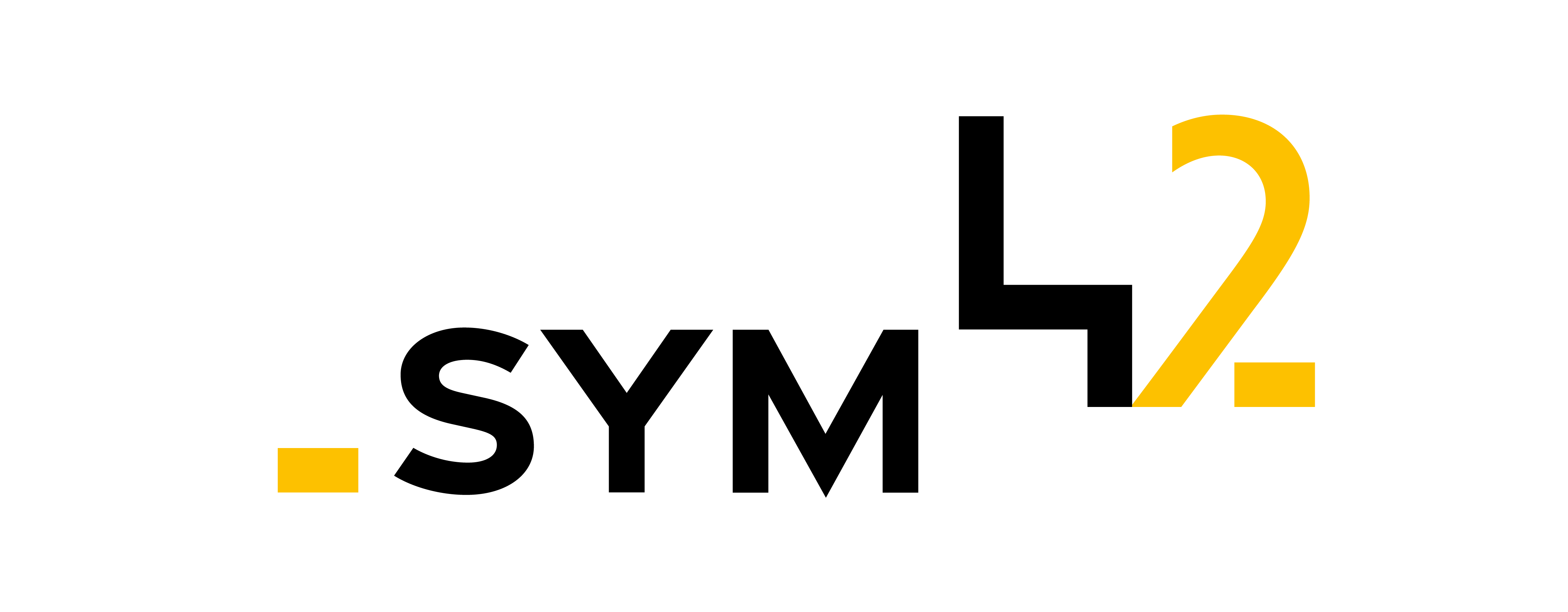

We were able to call on some professional help and it helped a lot. I’ve always been very derogatory about companies that spend hundreds of thousands or even millions of (insert currency here) on branding, especially when it is tweaking an existing logo or name. And I still am, but now I get why there are companies that specialise in this sort of thing. We gave the company that helped us some pointers, one of the board spent a lot of time talking with them, and then they offered up a range of options. And, of course, we chose something in-between two of the options. And tweaked it. I never thought I would be in a meeting and actually saying, with no irony, “but what will this suggested logo mean? What will is speak to people?” A small part of me died.
We were able to quickly rule out some of the options. Especially the one that looked remarkably like someone in a chair being orally pleasured. A couple of the board said they could not see it but the rest of us were in no doubt!
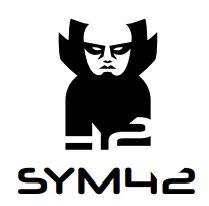
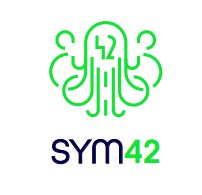

Some logos that did not make the cut
Although we quite quickly honed in on the logos we wanted, it was of course not that simple. “Do we want it this shade of yellow or that shade of orange?” “Oh, it’s yellow!”. Two of the board are colour blind. OK, which of these gives better contrast? That sort of decided the colour. “Errm, this small version of the logo – what is it?” “It’s 42”. “Oh!” One of us is dyslexic and the stylised 42 was simply not resolving to the numbers 4 and 2. So that got tweaked. I can’t complain, it means our logo will hopefully be acceptable to two groups of people who make up a surprisingly large percentage of the population and tend to get little consideration.
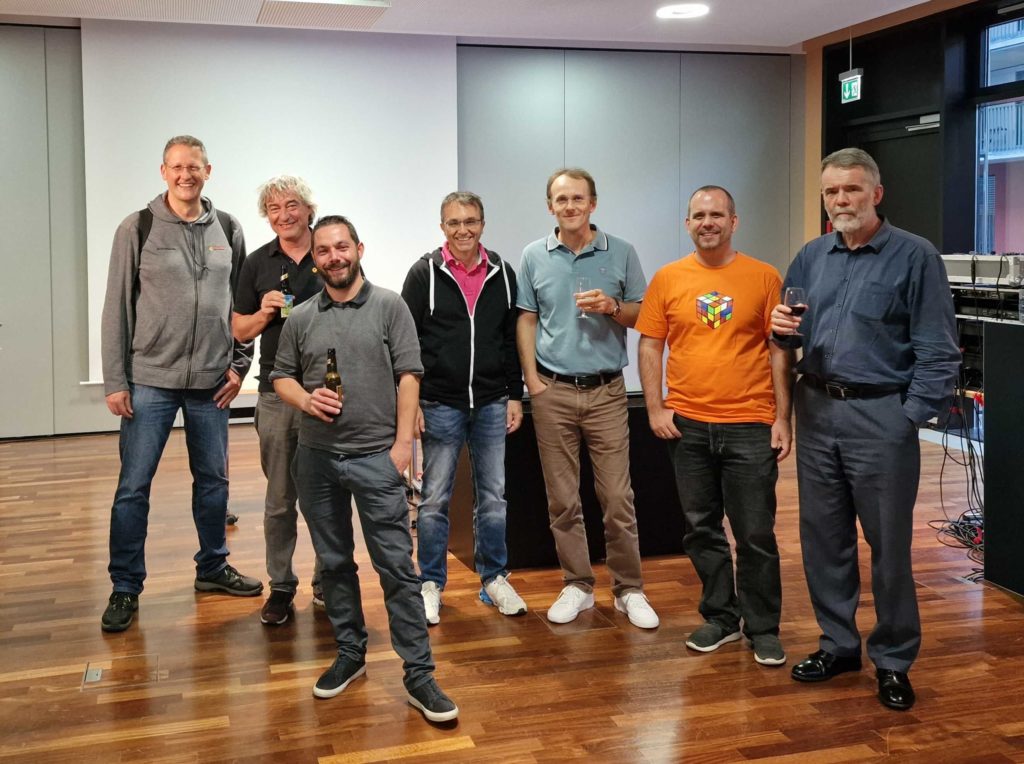
The final thing I want to mention is that I thought the members would not be at all interested in this process of putting the mechanics of running the group together and we did not feedback very well to them. That was a bad mistake I think. And also, now we have the processes, rules, basic things needed to just exist, we need to focus more on doing things with and for our members. We have started a new channel on our slack, board_members_feedback, for this.
Oh, I forgot the traditional start to any blog. “Welcome to our blog”.

Good grief Martin, another feat in the realm of pertinent, savvy, tongue-in-cheek oracles!
I just discovered the SYM42 baby, so congratulations to all its parents. And as for this blog post, thanks for letting us in on the internals of its inception.